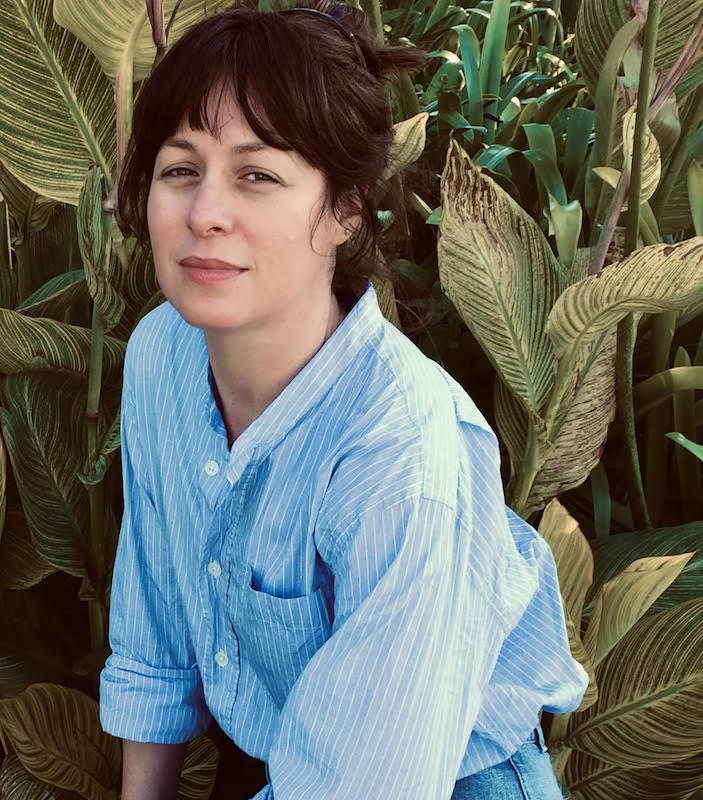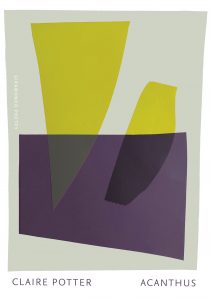Claire Potter: a note on Acanthus
Mais toujours et distinctivement je vois aussi La tache noire dans l’image…
Yves Bonnefoy
For a long time a plant in my garden flowered beneath the hydrangea, spilling bright green leaves. I would cut the leaves back as soon as they arrived as they crowded and swamped the path. As much as the plant was reduced, it would spring back to life. After a while, I began to admire this persistence and discovered the plant was an Acanthus. The plant did not appear in my writing until, by chance, I came across a story that linked it to the stone carvings of flowers and leaves that often ornament architectural columns. Trees, leaves and stones were already in my writing so it seemed like a good idea to name the collection after a plant that despite effacement, did not want to go away.
An enduring line running through Acanthus is perhaps one that inevitably moves obliquely or sideways. Looking back now, many of the poems traverse the clarity of a dream-like state: diverting from an imaginary centre and meandering across strange ground. As with all poetry, fragments matter; figures and objects – as if on the level of the bee – are significant; unintelligible feelings turn into a blueprint language that errs and wanders in order to find a resting place.
Nothing in the collection was fixed beforehand, you could say the writing took place in order to think a way through, think about certain things or events that at the time didn’t have any formal presence in my mind. The central question of the collection could be this inclination towards remembrance; a leaning inwards that – like Icarus – mirrors a leaning outwards, an imperfect zigzag between the reality of a leaf and its allegorical translation into stone.
If there is a context to the collection, then it would be a porous one involving authors I read; in many ways their work makes up the true sense of the writing. The untitled preface is a nod in this direction, to where on the edges something occurs almost out of the corner of one’s eye like an annotation; this insignificance is precious and full of life. As William Carlos Williams said of Marianne Moore, ‘There must be edges’ and I think that these edges, very important to architecture as well, are such interesting places and form a touchstone for this collection; they are like a photograph, albeit on the negative side, where unexplained and forgotten things again find place, become clear and therefore on paper begin to happen.
– Claire Potter


